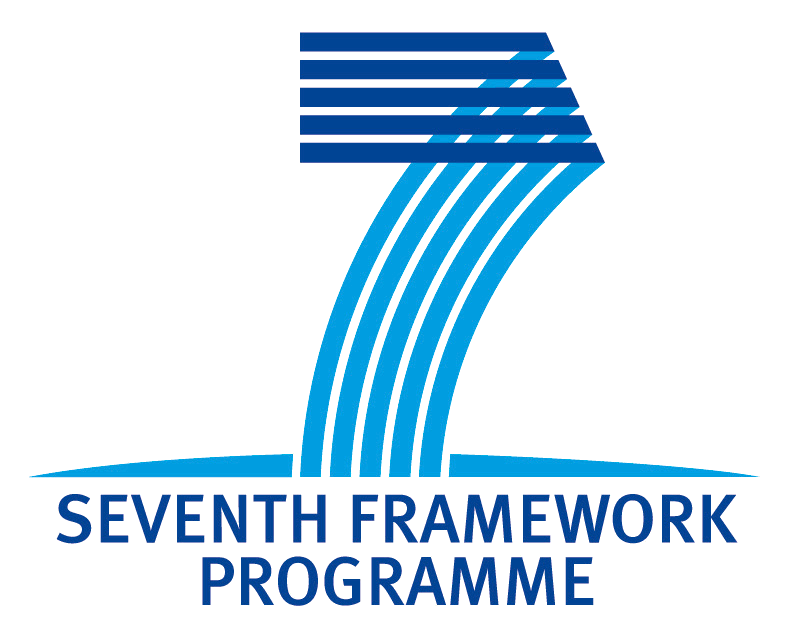Hindi Resource Grammar Released
Hi All,
We are happy to release the first version of our Hindi GF resource grammar, and an improved version of the Urdu resource grammar.
Hindi is very similar to Urdu. Indeed they are in many ways different registers of one language: Hindustani, to use an old name. Modern Urdu and Hindi differ mostly in the advanced or recent parts of the lexicon. Urdu evolved from an old Delhi dialect with copious borrowing from Persian and some from Arabic, and is written in a Perso-Arabic alphabet. Hindi, a more recent evolution from Hindustani, has borrowed much more from Sanskrit. It is written in Devanagari, the syllabic script used for Sanskrit and several older dialects related to Hindi.
Hindi is the national language of India and Urdu that of Pakistan, though neither is the native language of a majority in its country. Hindustani is also widely spoken by the South Asian diaspora in North America, Europe and South Africa. With 400 million speakers (250 million native), it is the fourth or fifth largest language in the world (after English, Mandarin, Spanish and perhaps Arabic).
Hindustani is an Indo-European (Indic) language. Rich morphology, partial ergative behavior, relatively free word order, and word compounding are its main features. Our new grammar is an improved version of the previous Urdu grammar, with separate lexicons for Urdu and Hindi (differing largely only in script) related through a functor.
Please test our Hindi and Urdu grammars. We would appreciate all corrections and suggestions, particularly those relating or contrasting Hindi and Urdu.
Shafqat Virk and K.V.S. Prasad
- Login to post comments
What links here
No backlinks found.


